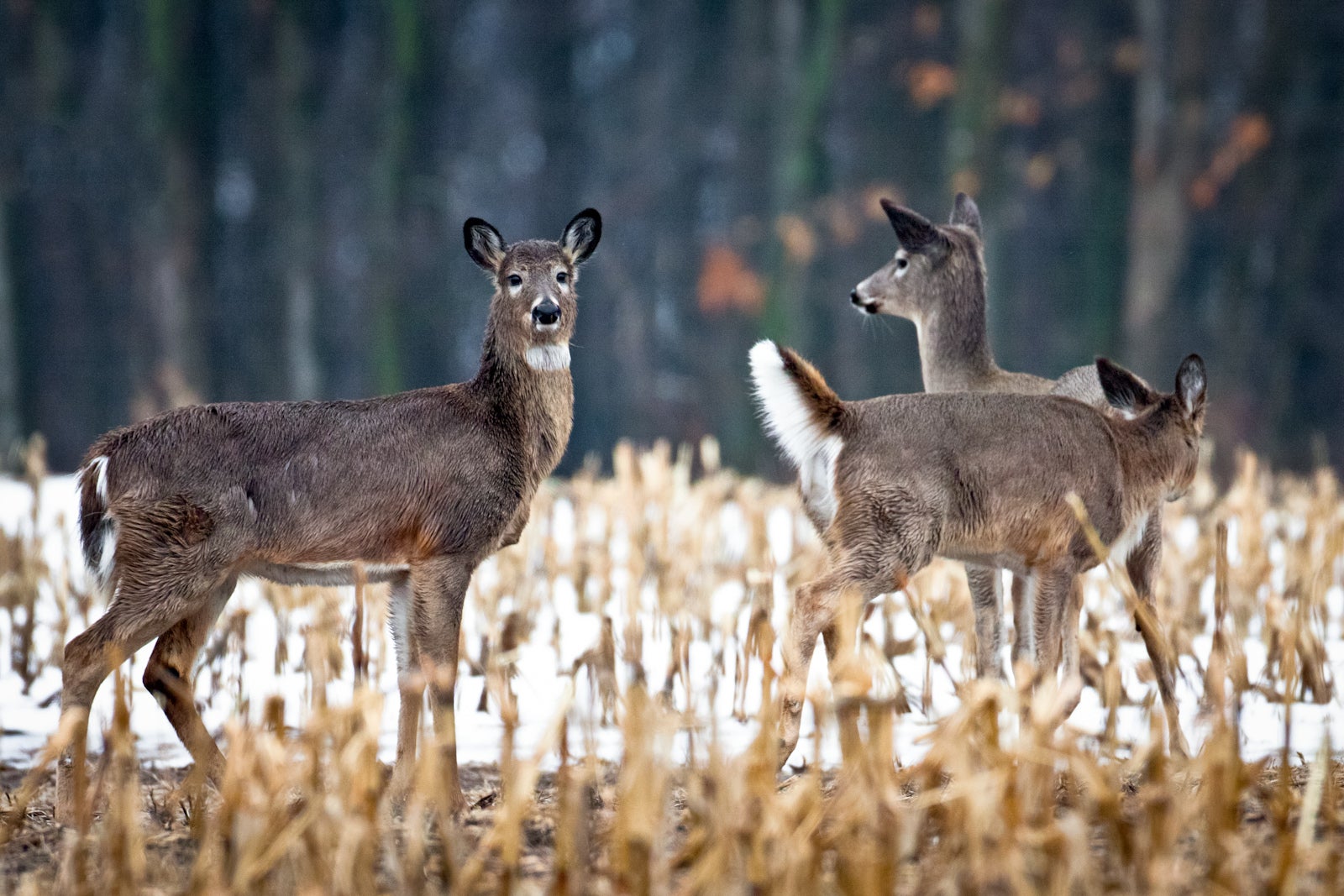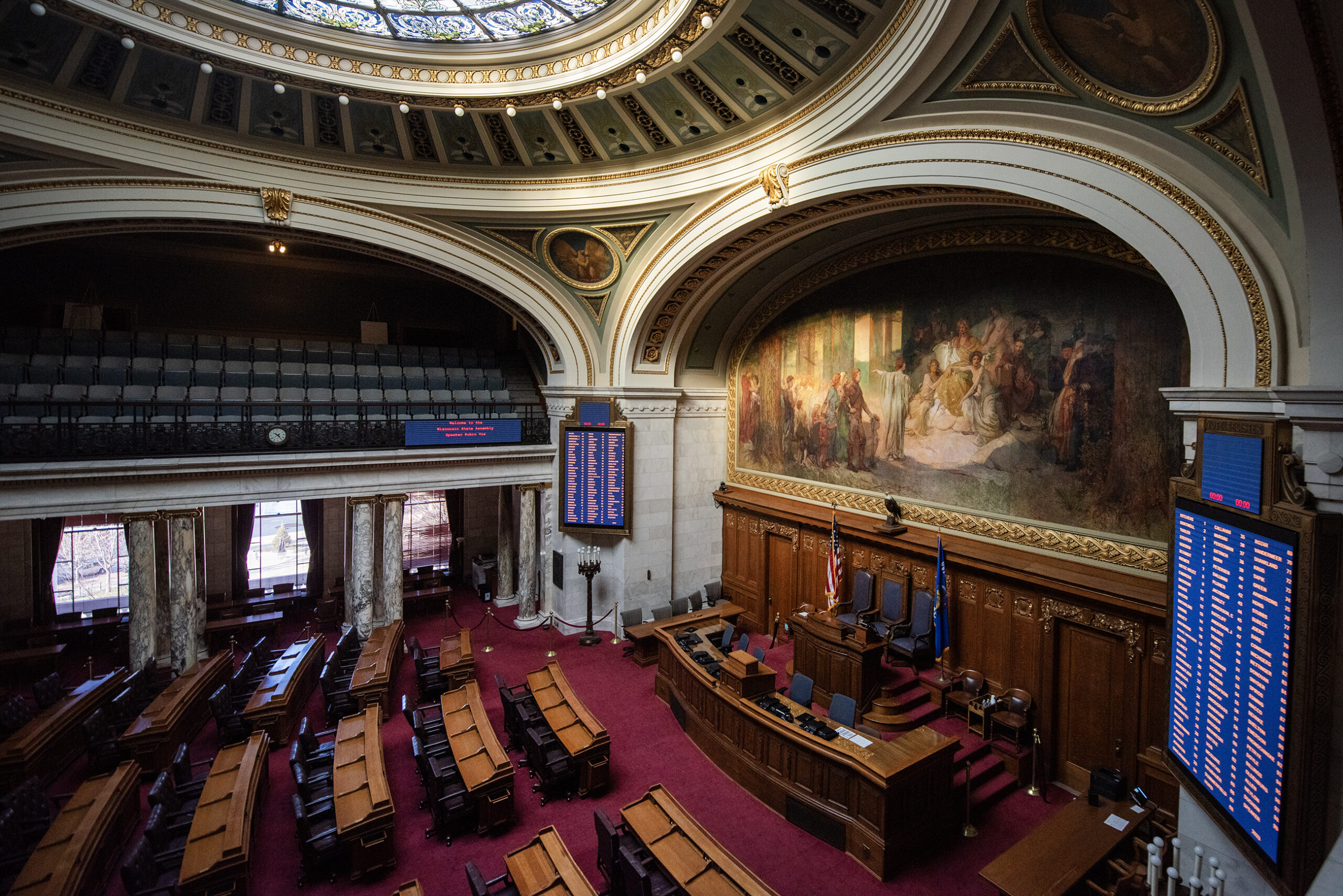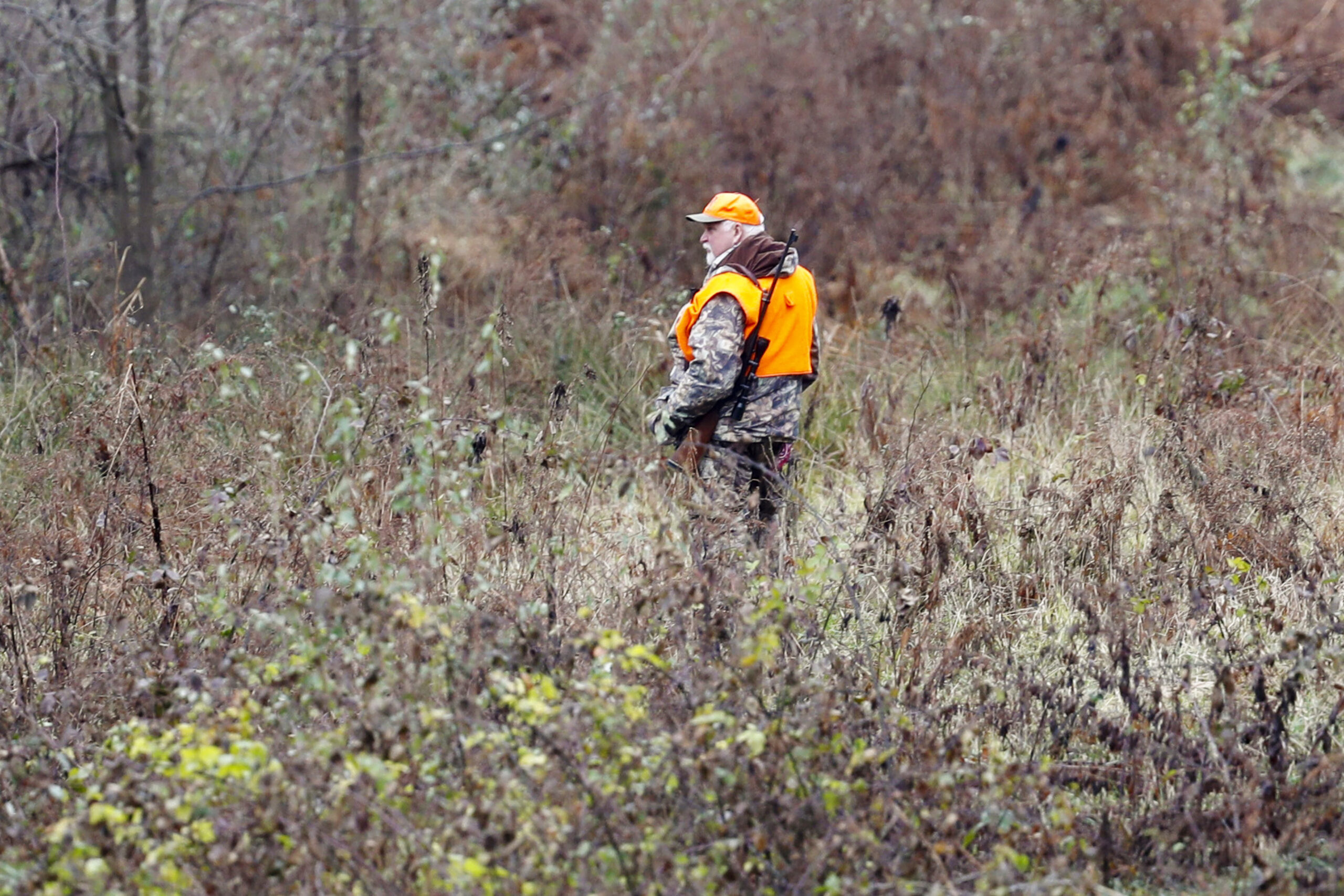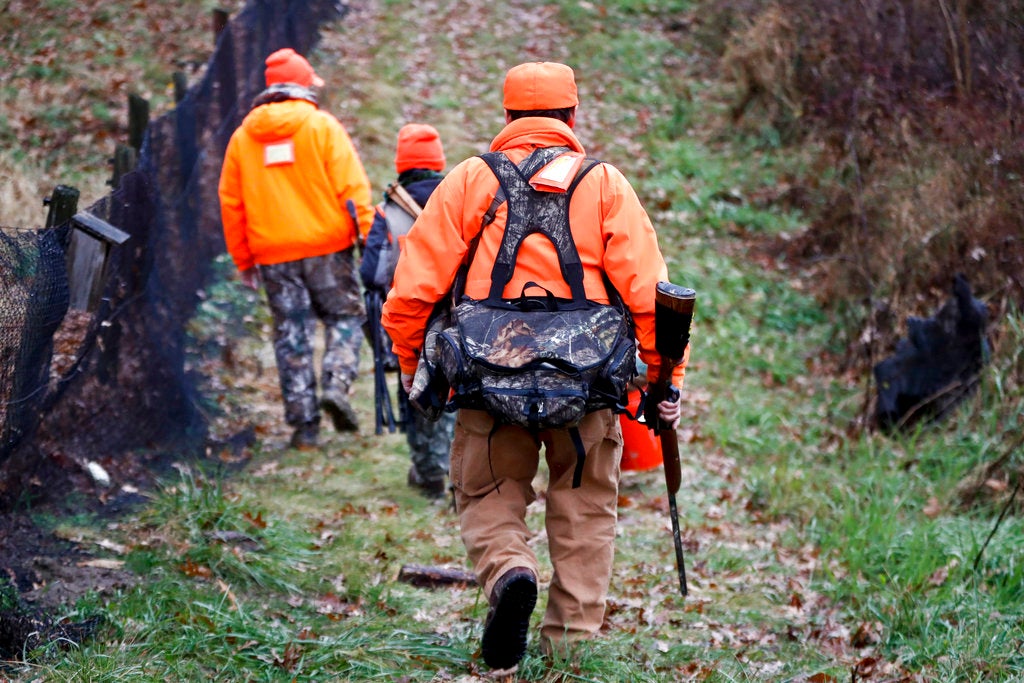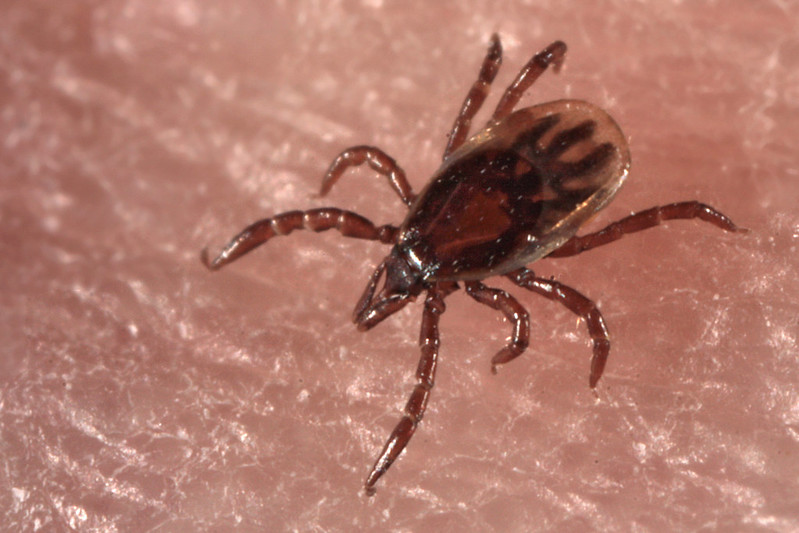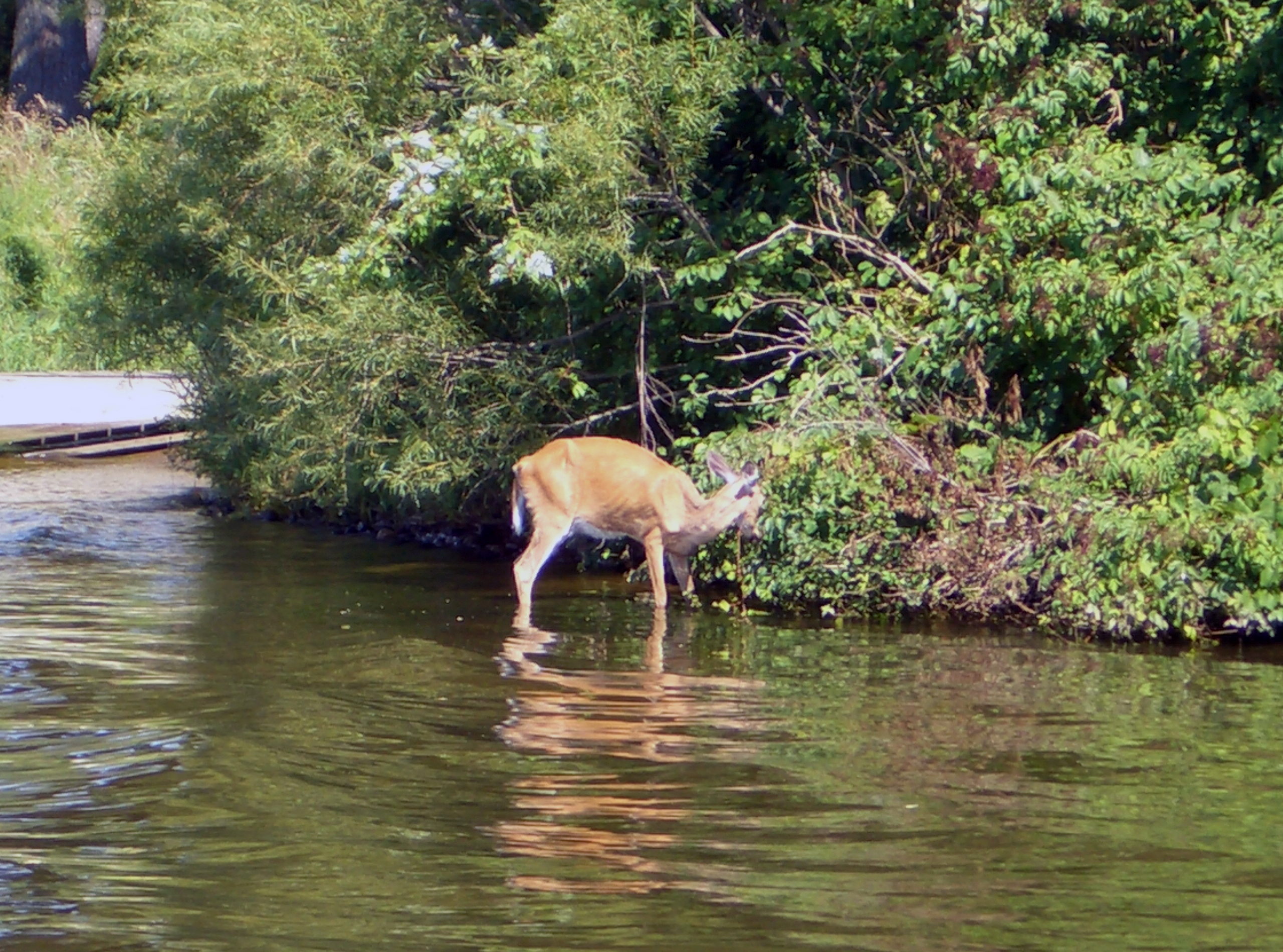Test results show that 7 percent of all deer tested in Wisconsin in 2016 were infected with chronic wasting disease. But advocates for more CWD testing say that number doesn’t tell the whole story.
As a statewide average, the percentage of deer testing positive for the fatal brain disorder dropped from 9 percent to 7 percent in the last two years. However, there were more positives in 2016 than any other year since testing began.
Dave Clausen, former Natural Resource Board member who has called for the state to do more to stop the spread of CWD, said focusing on a statewide average can be misleading.
Stay informed on the latest news
Sign up for WPR’s email newsletter.
“It’s like comparing apples and oranges and a pineapple,” Clausen said. “When you measure prevalence of a disease you measure prevalence in a particular area because you’re more consistent.”
More than 6,000 deer were tested last year, with 441 testing positive for CWD. In 2015, there were 3,100 deer sampled and 298 tested positive. Clausen said because sample sizes vary the statewide prevalence rates don’t mean much.
“It gives you an indication of an overall trend, but it actually says nothing about what the disease is doing on the ground in a specific area,” Clausen said.
Clausen said in hotspots like Iowa County the percentage increased from 23 to 24 percent.
In a statement from the Wisconsin Department of Natural Resources, Wildlife Health Section Chief Tami Ryan said, “We are very pleased with the results of our 2016 sampling season.”
“This sample size is nearly double the number of deer sampled during our 2015 season, and is a huge testimony to the Wisconsin deer hunter and their interest and willingness in having their deer sampled,” she said. “In the new era of electronic registration this requires hunters to take extra initiative to have their deer sampled and is a voluntary endeavor to do so.”
Wisconsin Public Radio, © Copyright 2024, Board of Regents of the University of Wisconsin System and Wisconsin Educational Communications Board.

